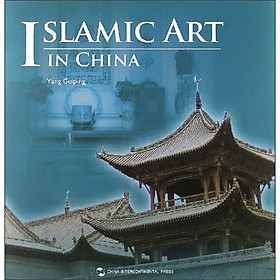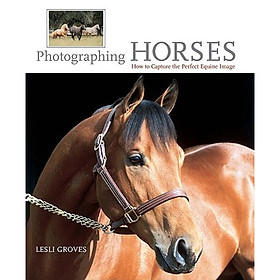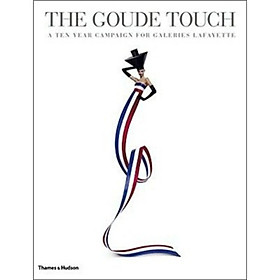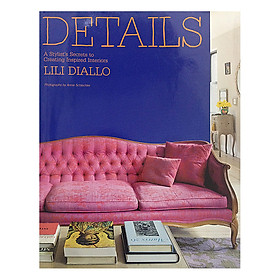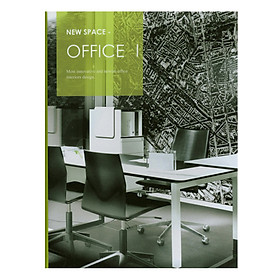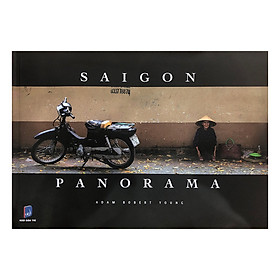Islamic Art In China
Distributed all over the country, from generation to generation Chinese Muslims have developed their unique tradition of Islamic art, which, characterized by distinctive national features and...
SKU: 1112249079040
Distributed all over the country, from generation to generation Chinese Muslims have developed their unique tradition of Islamic art, which, characterized by distinctive national features and local flavor, is an inseparable part of Chinese culture and art as a whole. This book gives an all-round account of the history and development of Chinese Islamic art from various aspects, such as mosque construction and decoration, the architectural complex of khanqahs, qubbahs, mazars and mausoleums, calligraphy art as seen in building decoration and scriptures, the craft of porcelain making, and religious ritual.
Chapter One: Mosque Construction and Decoration Art in China
Ⅰ. The Four Ancient Mosques
Ⅱ. The Mosques in North China and the South Region of the Yangtze River
Ⅲ. Mosques in Gansu, Ningxia, Qinghai and Inner Mongolia
Ⅳ. Mosques in Xinjiang
Chapter Two: Khanqah, Qubbah, Mazar and Mausoleum
Ⅰ. Khanqah
Ⅱ. Oubbah
Ⅲ. Mazar and Mausoleum
Chapter Three: Calligraphy, Scripture and Porcelain
Ⅰ. Calligraphy
Ⅱ. Scripture
Ⅲ. Porcelain
Chapter Four: Ritual
The Huajuexiang Mosque is located in the Huajue Lane, Xi'an, Shaanxi Province. As the capital of 9 dynasties as Qin, Han, Tang, etc, Xi'an was not only a transfer station for East-West trade, but also a meeting-place for different religions and cultures in history. Since the 7th century, diplomatic envoys and merchants from C6rdoba Caliphate and Abbasid Caliphate came to Xi'anconstantly. When An Lushan rebelled in the 8th century,the Tang Dynasty summoned reinforcements from Tibet and Arabia. More than 4,000 Arab Muslims coming for this reason were detained in Xi'an due to the Tibetan Rebellion, and their way back home was cut off. They settled down in Xi'an, and lived here one generation after another, making here their own home.
As it was developed in the Song, the Yuan and the Ming dynasties, Shaanxi became an important center for Islam in China, with a million Muslim population, over 800 mosques and more than 800 Muslim communities.
According to the inscription on the stone tablet made in the 5th year of Jiajing's reign of the Ming Dynasty (1526), the Huajuexiang Mosque in Xi'an was started in the 1St year of Tianbao's reign of the Tang Dynasty (742),and was reconstructed and expanded in the Song, the Yuan, the Ming and the Qing Dynasties. It is a master piece that combines Chinese palatial architecture with Islamic architecture. This mosque is composed of four well-spaced quadrangle courtyards, and each independent yard is connected with the surrounding ones. The red lintel of the gate is inscribed with 5golden characters of "Chi Ci Li Bai Si" (literaiiy means a mosque built with imperial fund). Behind the gate is a curtain wall carved with floral patterns. At the center of the first yard is a high wooden archway with overhanging eaves and superimposed Dougong (asystem of brackets inserted between the top of a column lind a crossbeam). At the center of the second yard tltands a delicate stone memorial arch carved with four characters of "Tian Jian Zai Zi" ( literally means a shrine is here). Further inside, there are archways and two stone tablets on both sides. One tablet was set up in the 34th year of Wanli's reign (1606), and the other was set up in the 33'd year of Qianlong's reign. On the back of the tablets are the inscriptions of the calligraphies by Mi Fu (1051-1107), a great calligrapher in the Song Dynasty, and Dong Qichang (1555-1636), a great Calligrapher in the Ming Dynasty. At the center of the third yard is a pavilion named "Xing Xin Lou" (literally means pavilion for meditation), also called the Phoenix Pavilion. It is a magnificent wooden octagonal building with a pointed roof. Standing behind that are splendid wooden arches on both sides, an ablution room in the south and a lecture hall in the north. All these buildings In the third yard make up a relatively independent space.The gate of the fourth yard is called "Lian San Men" (triple gates), with sophisticated brick carvings. The magnificent prayer hall is built on a high pedestal, with glazed tiles on a wedge-shape gilded roof. On the inner sides of the gables on both sides of the hall are huge brick carvings with floral patterns. Under the eave hang two horizontal boards inscribed with Shahada and the Emperor Chengzu's (of the Ming Dynasty) imperial edict for protecting the mosque. The ceiling of the hall makes people feel comfortable and peaceful. There are about 600 floral paintings and Qur'anic calligraphies on the ceiling and beams. There are Qur'anic verses engraved on the south and north walls of the hall. The mihrab is decorated with floral patterns and engraved Qur'anic verses, looking solemn and serene.
……
]
Giá sản phẩm niêm yết của Art & Photography Islamic Art In China trên các sàn TMĐT đã bao gồm thuế theo luật hiện hành. Tuy nhiên tuỳ vào từng loại sản phẩm hoặc phương thức, địa chỉ giao hàng mà có thể phát sinh thêm chi phí khác như phí vận chuyển, phụ phí hàng cồng kềnh, ...
Mức giá và các nhà cung cấp được liệt kê tại đây chỉ dùng để bạn tham khảo. Khi quyết định mua hàng bạn cần xem xét thêm về đánh giá của khách hàng tại shop đó. Sau cùng bạn chọn mua sản phẩm từ nhà cung cấp mà bạn cho là uy tín nhất với mức giá hợp lý nhất. Chúng tôi không trực tiếp bán hàng cũng như vận chuyển và không chịu bất kỳ trách nhiệm nào về quyết định mua hàng của bạn.
| SKU: | 1112249079040 |
|---|

